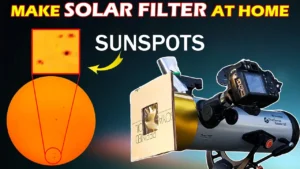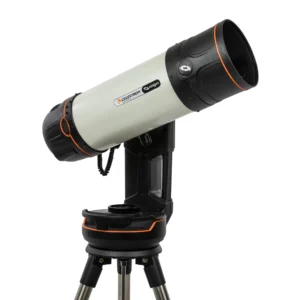
Whenever you see the specifications of any telescope, it is always mentioned in the specification what type of telescope that is. First, you need to know the “Different types of telescopes“.
Out of the main three types, the compound or catadioptric telescope has many sub-types. From these subtypes, Maksutov-Cassegrain-type telescope and Schmidt-Cassegrain-type telescope terms are often used. So today we will see what exactly these two types of telescopes are and how they are different.
One thing you should never forget is that both of these types of telescopes fall under the category of a compound or catadioptric telescopes.
What is the Schmidt-Cassegrain type telescope?
A Schmidt-Cassegrain-type telescope in short form is usually mentioned as an SCT telescope. SCT telescopes are compound telescopes. These telescopes are lighter in weight. They are good for astrophotography.
An SCT telescope has a corrector plate at the front, through which light passes and hits the concave primary mirror, which is at the bottom of the optical tube. It reflects from the primary mirror and hits the convex secondary mirror, which is at the front of the tube behind the corrector plate. It then reflects off the convex secondary mirror and passes through the hole of the primary mirror. Then it either hits the eyepiece or a camera.
This is how a Schmidt-Cassegrain-type telescope works.
What a Maksutov-Cassegrain-type telescope?
The Maksutov-Cassegrain telescope, in its short form, is usually referred to as Mak.
Mak telescopes are compact and easier to carry while traveling.
When light enters the Mak telescope, it passes through a corrector plate at the front. It then hits the primary mirror, which is reflected onto a secondary mirror, and from the secondary mirror, it passes through a hole in the primary mirror and to the eyepiece or camera.
As you have noticed, the workings of both Mak and SCT are exactly the same. Then where is the difference?
Maksutov and Schmidt-Cassegrain Differences
The main difference between these two types of telescopes is the corrector plate. The Mak telescope uses a highly curved corrector plate. On the other hand, SCT uses a corrector plate that is mostly flat with very slight curves.
You can notice the difference between these curved corrector plates when you look at the aperture of this telescope. Mak’s telescope’s aperture looks more curved than the SCT’s.
Another difference is that the SCT has two spherical mirrors inside, so they suffer from a coma. This is the reason SCT uses almost flat and thin corrector plates.
The Mak, on the other hand, uses very thick corrector plates. This is the reason the Mak telescopes produce a higher focal ratio even for the smaller size of the telescope. The thick corrector plate makes it very difficult to manufacture big aperture Mak telescopes. Its thick corrector plates will soak up the heat all day & when you take it out during the night it will take some time to cool down. Otherwise, you will see warped images of the objects. A 6-inch or above aperture-sized Maksutov will need an active cooling system or wrapped with insulation otherwise they mostly will not cool down easily.
On the other hand, SCTs have closed tubes. The SCTs can have hot air trapped inside the tube over a long time affecting the views from the telescope. This is the problem with a big aperture-sized SCT telescope usually above 11 inches. That’s the reason the big aperture SCT telescope has a cooling vent behind the primary mirror which let out the warm air without letting dust in.
The Mak, on the other hand, uses very thick corrector plates. This is the reason the Mak telescopes produce a higher focal ratio even for the smaller size of the telescope. Because of the thick corrector plates on the Mak, its light gathering is very slow. This is not ideal for astrophotography, so usually Mak telescopes are not the preferred choice for astrophotography.
Maksutov-Cassegrain Telescope Advantages
- They are compact and easy to carry around to remote stargazing locations.
- A Maskutov telescope does not need any alignment. So, you are free from all the hassle of setting up and aligning the telescope.
- Image quality is better and coma-free.
- The telescope does not need any maintenance.
- High focal lengths and a slow focal ratio give a narrow field of view. So it is good for observing planets and nearby objects in great detail.
Schmidt-Cassegrain Telescope Advantages
- They are cheaper than the Maksutov-Cassegrain telescopes of the same aperture size.
- They are lightweight telescopes, even if they have a bigger aperture.
- An SCT has a faster focal ratio and a wide field of view. So it is good for deep-space observation and astrophotography.
Disadvantages of the Maksutov-Cassegrain Telescope
- They are costlier than the same aperture size of an SCT.
- Big aperture Maksutov is hard to find.
- They are not suitable for deep-space astrophotography.
- A narrow field of view means limited to observing planers and nearby objects.
Disadvantages of the Schmidt-Cassegrain Telescope
- You need to collimate these telescopes with the Maksutov telescopes.
- As these large aperture telescopes are lightweight, they can be fragile and need very careful handling.
Conclusion
A Maksutov telescope has a long focal length and a greater magnification. If you are looking to buy a telescope for observing the planet and nearby objects, then you should prefer buying a Maksutov telescope. One thing you should keep in mind is that these telescopes are not useful for deep-space astrophotography.
If you want a multipurpose telescope, then you should prefer a Schmidt-Cassegrain telescope. These telescopes offer much flexibility when observing planets and deep space. These telescopes are easily available in large aperture sizes. The Schmidt telescopes are great for astrophotography. So if you want a telescope that you can use for planets, deep space, and also for astrophotography then a Schmidt-Cassegrain telescope is for you.
Best Maksutov-Cassegrain telescopes to buy
Celestron NexStar 127SLT
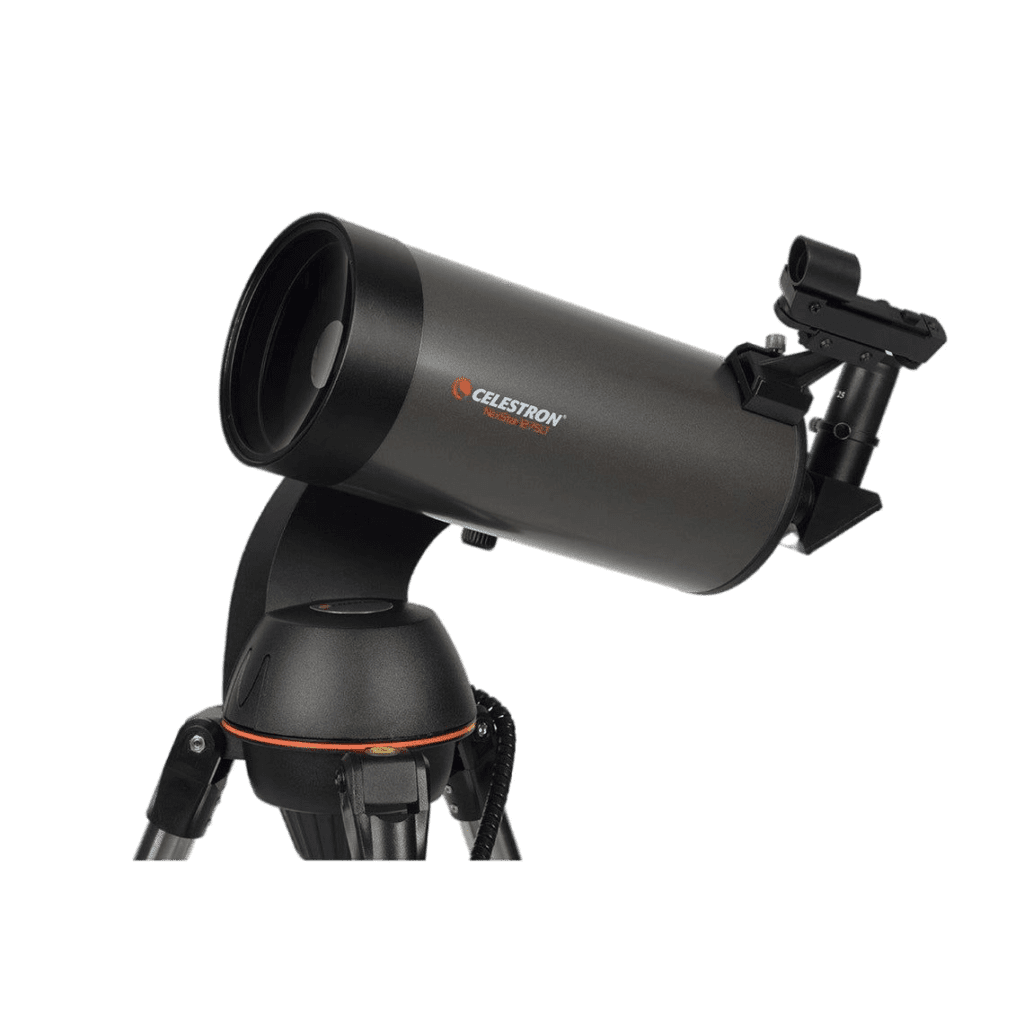
Orion Starmax 90mm
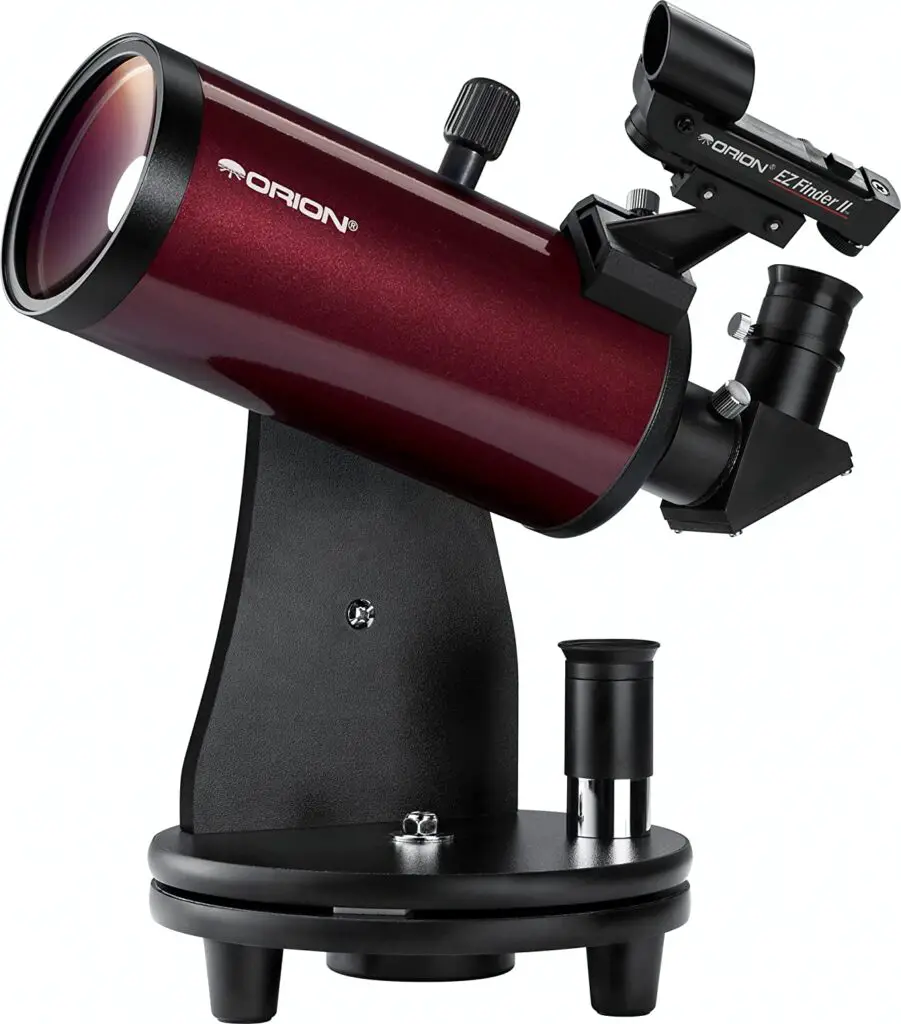
Celestron AstroFi 102mm
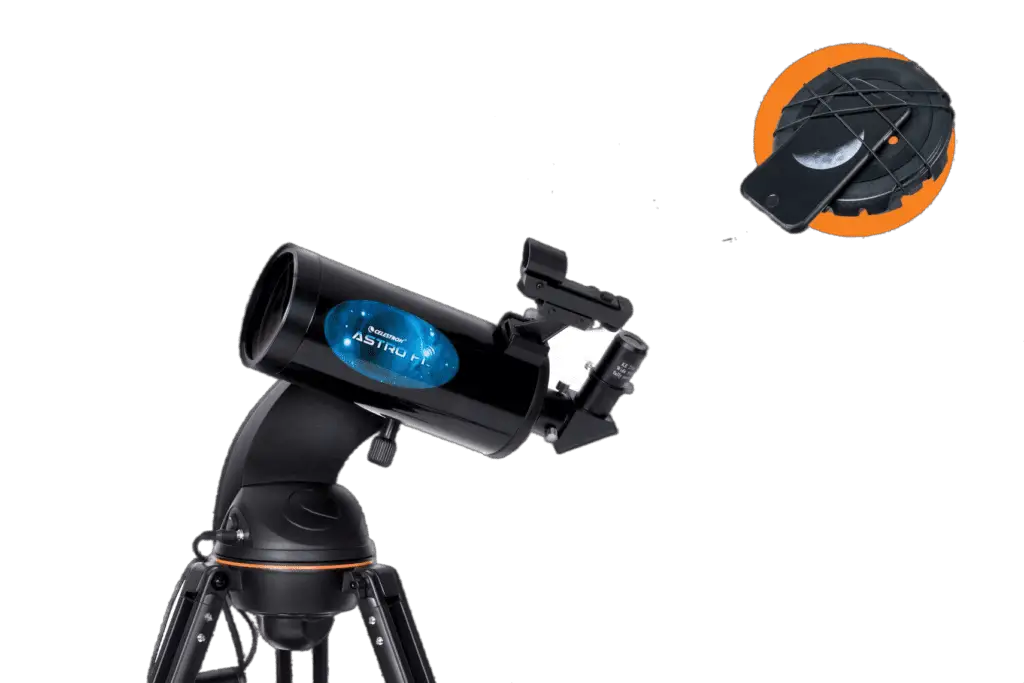
Best Schmidt-Cassegrain telescope to buy
Celestron NexStar 6SE
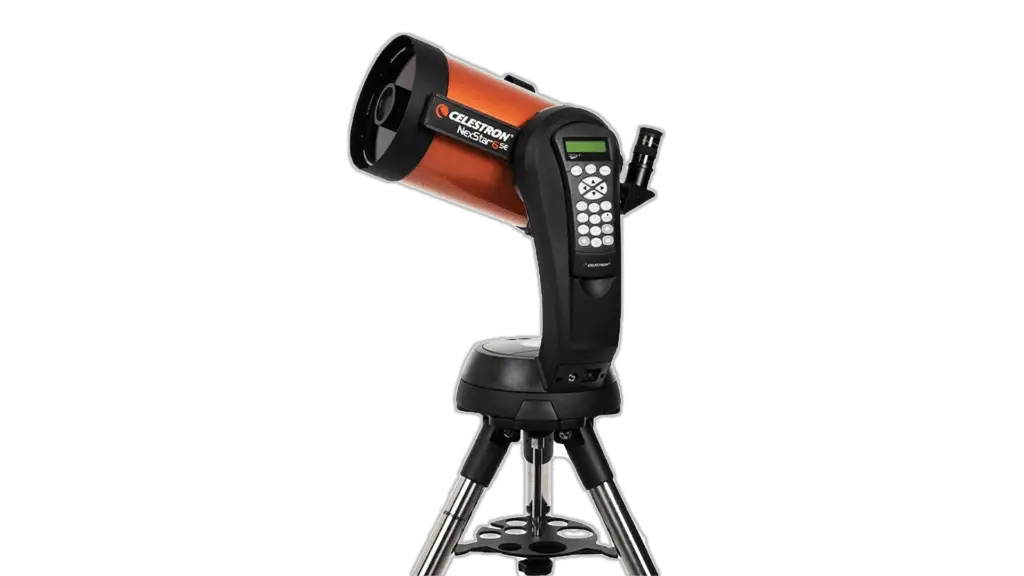
Celestron NexStar 8SE
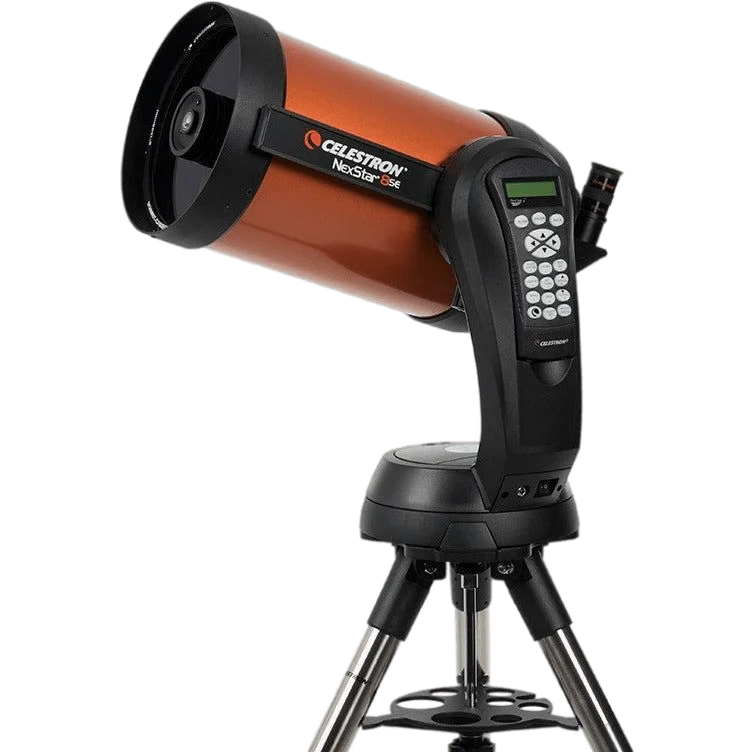
Celestron Evolution 6
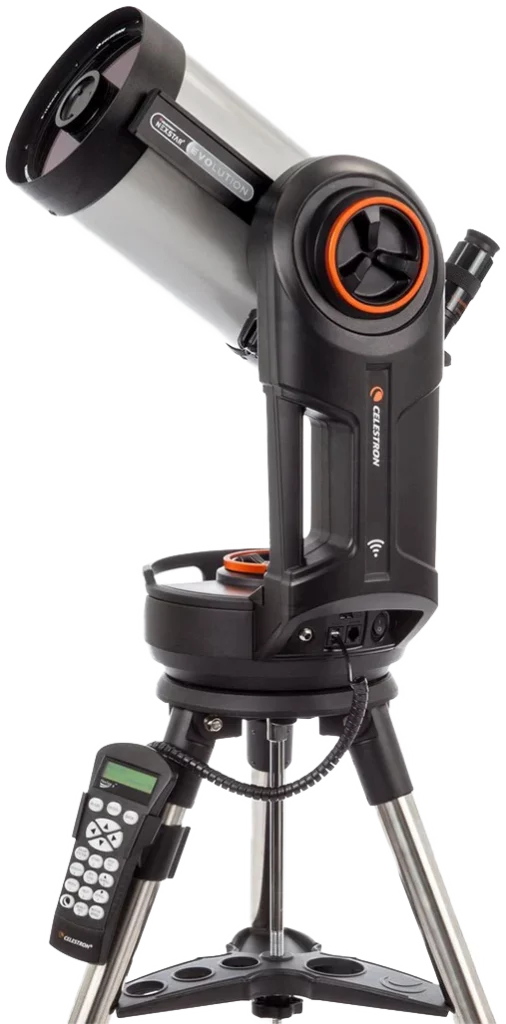
Celestron Evolution 8 Edge HD
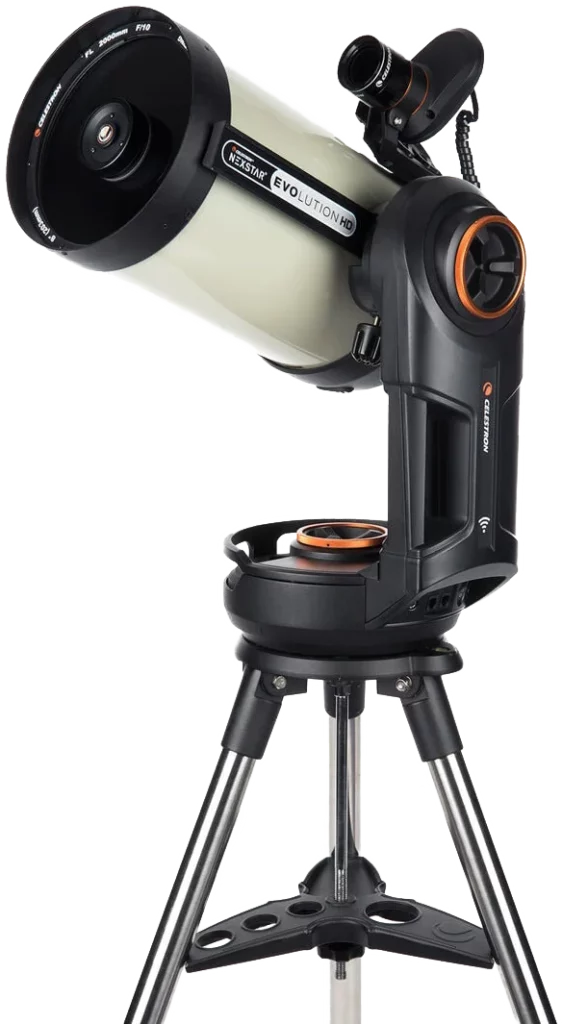
If you are looking for a telescope specifically for astrophotography then you need to check this article. You can also find the best suitable telescope for you with our telescope suggestion tool.



